How I ended up in Bologna in January was completely by accident. My plans for Athens had changed a few days before my flight to Sofia so I had to quickly come up with an alternative. This is where Bologna came into view. The plane tickets cost next to nothing and I had been itching to return to Italy since my last visit. It didn’t take me long to make a decision and prolong my stay abroad.

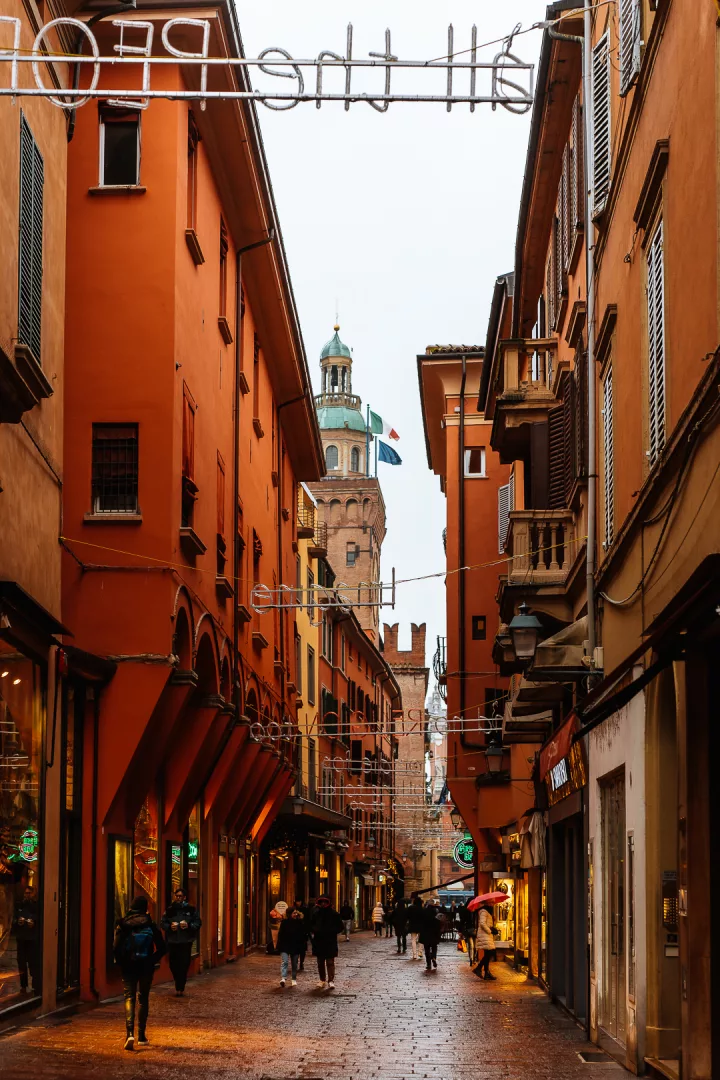
Even more so because next to Bologna you’ll find Modena and Parma. Suddenly, my wanderlust kicked in and I wanted to see it all. The train connections are practical and I would recommend including one or more of these destinations if possible. So during those six days in Italy, I delved into the region of Emilia-Romagna.



Additionally, the best part about this trip to Emilia-Romagna was that it happened off-season. This meant that every single place that is usually overflowing with tourists was now completely empty. Obviously, I wasn’t expecting crowds but getting every popular spot all to myself was still surprising!

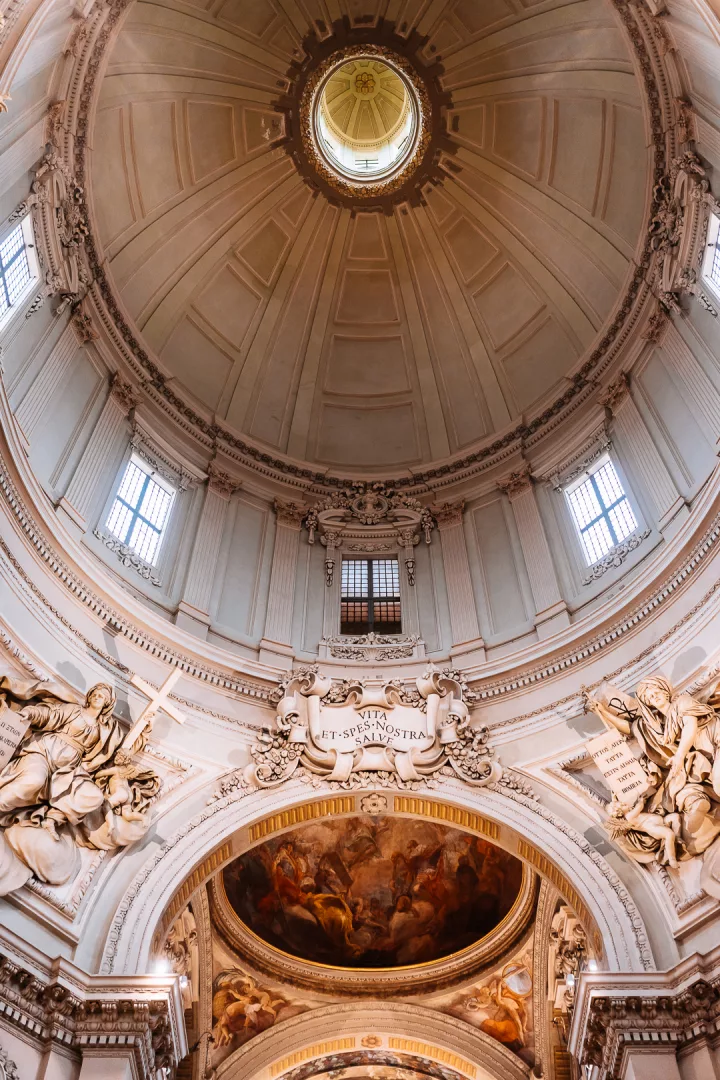
The city of Porticoes
Bologna’s Porticoes are, alongside the many towers, the main symbol of the city. For their cultural and artistic significance, they were listed as a UNESCO Heritage Site. And they are absolutely everywhere in the city center, amounting to 38 km of covered porticoes. From different periods and of various styles, they’re all distinct and charming. The Portico of San Luca is the longest one not only in the city but in the world!


And let’s not even mention how perfect this is if happens to be raining during your visit to Bologna. In fact, for one full day during my visit, the drizzly rain never subsided. Thanks to the porticoes, I didn’t even feel it and I never had to worry about my cameras getting wet. Not to mention how charming the city looked in the foggy rain.


Painted in colors as vibrant as the rest of the city, the porticoes range from understated to almost regal. Some of them are completely covered in frescoes. I was constantly looking up during my long walks through Bologna, distracted by the architectural art around me. In particular, I loved the play of light and shadows, and the unique perspectives the porticoes offer. It’s what every street photographer dreams about!


The best viewpoints in Bologna
The second day kicked off with a lengthy climb. I made my way up the 498 steps that lead to the top of the Two Towers, also known as Le Due Torri. It being January and me going first thing it opened, I was all alone up there for a while. The 360° view of Bologna is astounding and well worth the trouble. Out of the many towers of Bologna, these two are the most famous ones. Asinelli is the taller one, whereas the shorter, more leaning one, is the Garisenda tower.

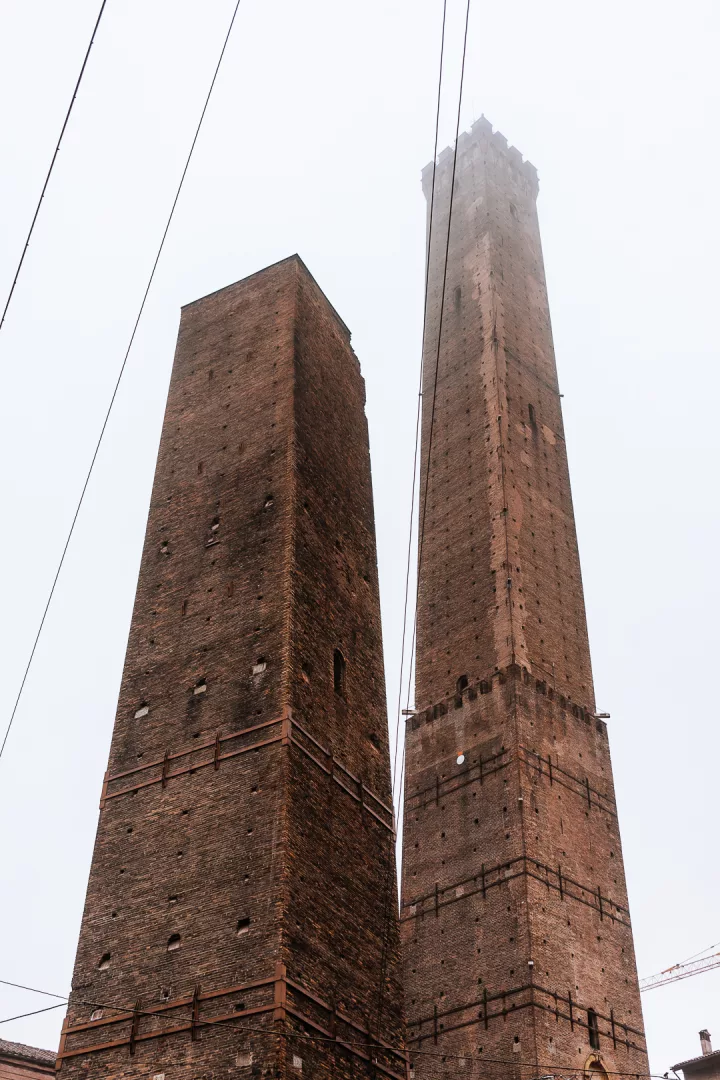
The two towers are always noticeable but that foggy morning, they were quite something else. It was getting hard to see the top of the 97 meters tall tower. The fog gently enveloping Bologna made the city look rather cinematic. I stayed up there for a bit longer after taking photos from all sides. Soaking up the beautiful views of a city brimming with history.

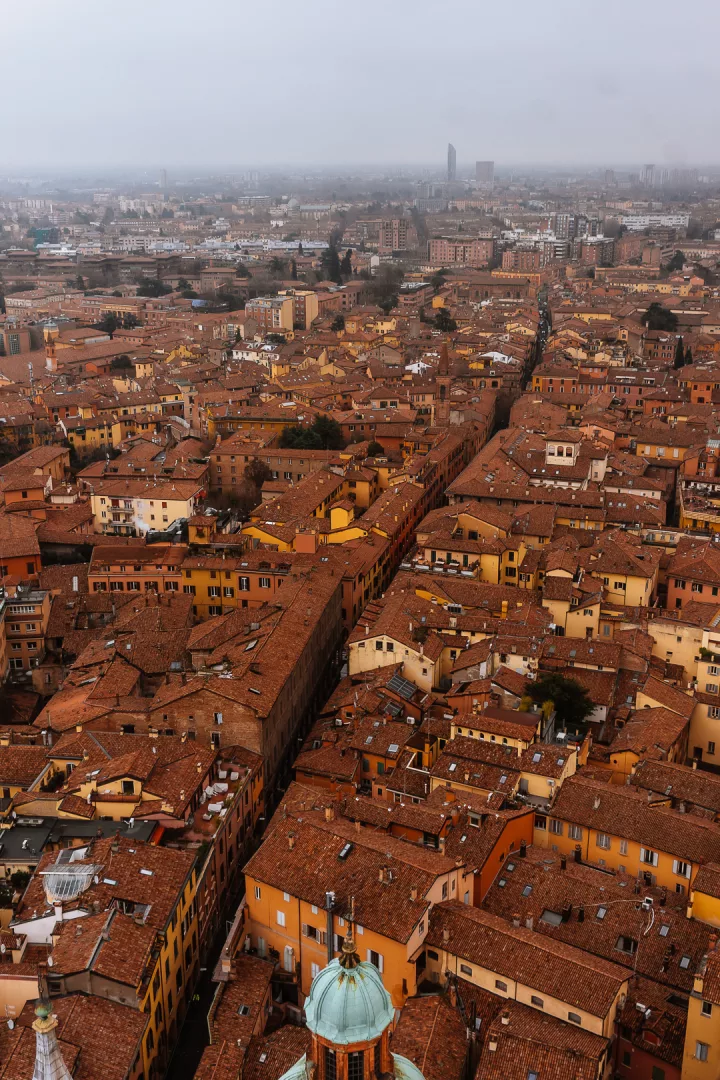
Aside from this famous viewpoint, I would recommend another one. Inside Palazzo d’Accursio, you can climb up Torre dell’Orologio. From a few different levels, you get an unobstructed view of Piazza Maggiore. And even more fascinating is seeing the city landscape seared with endless towers. This ticket also includes the Municipal Art Collections which was interesting. One of the exhibits is a fascinating model of the city during the 12th century. With over 100 towers, Bologna used to resemble Manhattan with its skyscrapers!

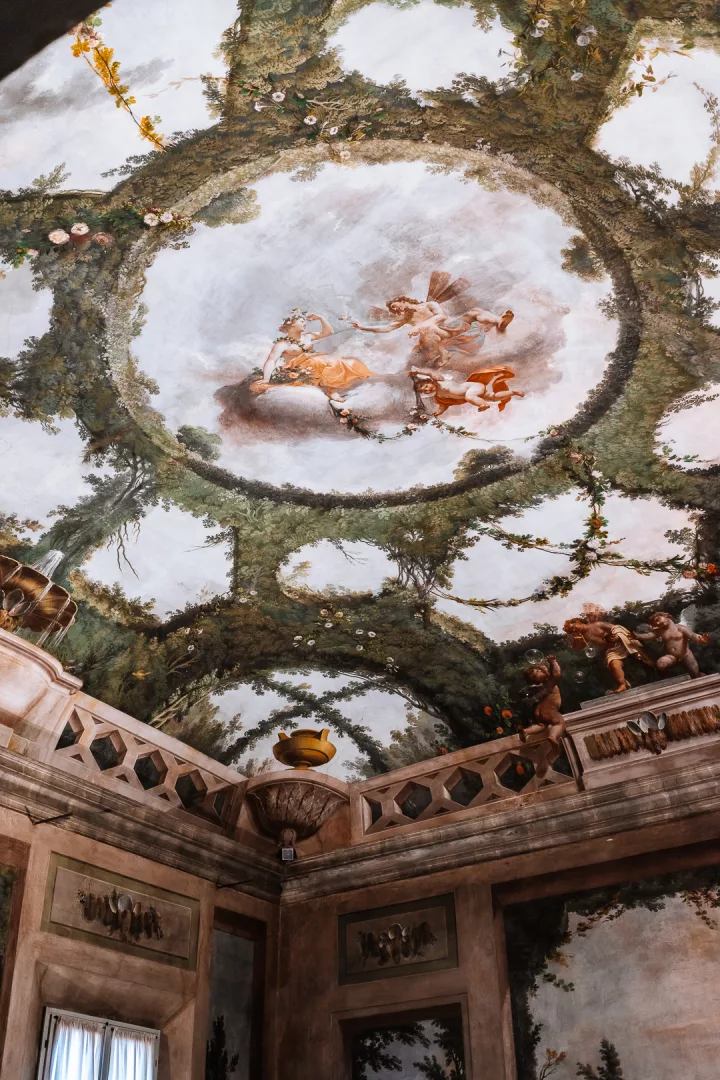

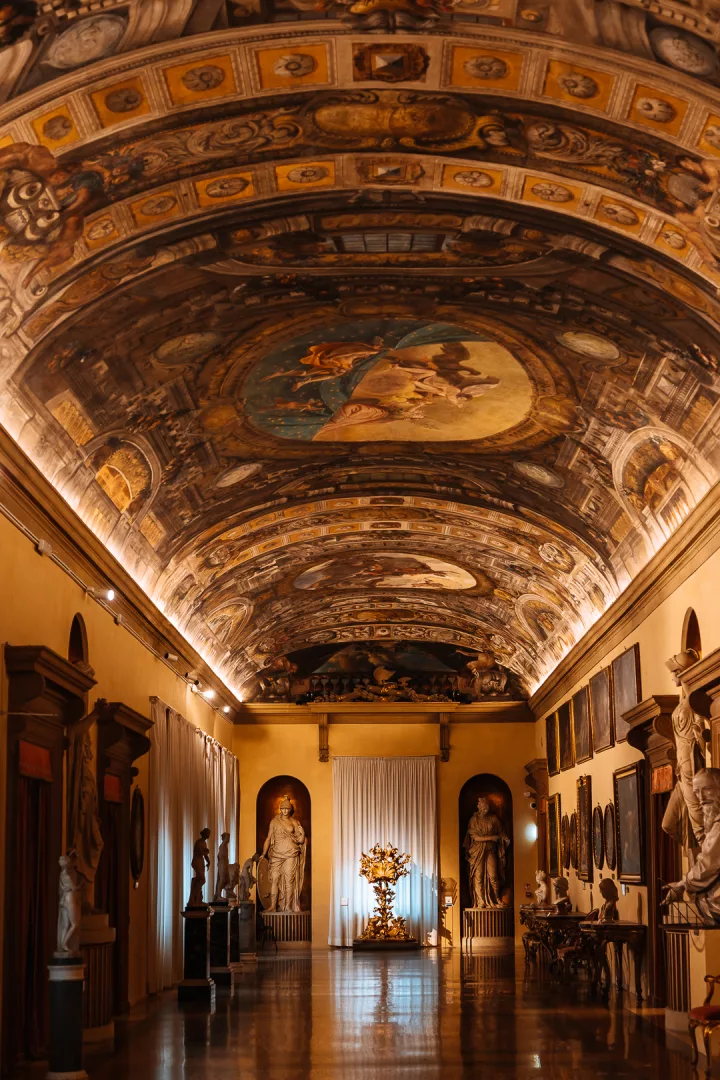
Building all those towers was a means of demonstrating the power and status of rich families. However, after the 13th century, the towers were either demolished, collapsed, or repurposed. Can you imagine how compelling and unique Bologna would look if the towers had survived up to today? Nonetheless, the city still holds a special allure, even on the cloudiest of days. Especially upon seeing the rolling hills of Emilia-Romagna in the distance.


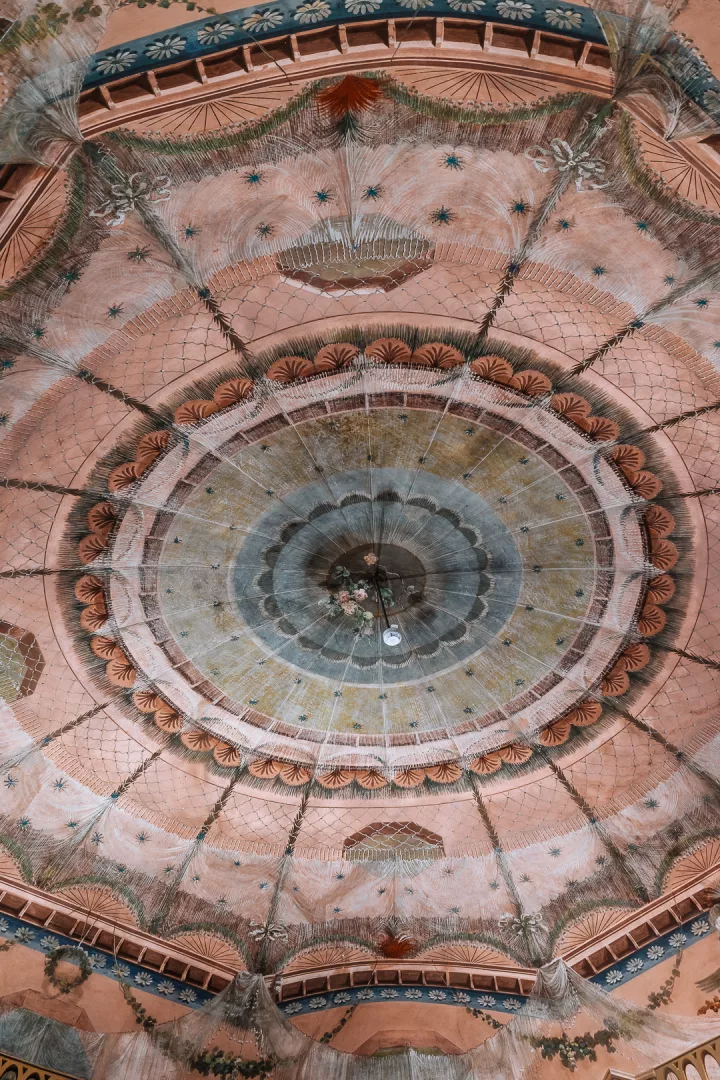
As a matter of fact, the moody weather and medieval towers often brought Bruges to my mind. One of my favorite Belgian cities that I find the most captivating on gloomy days, it shares a similar color palette and gothic architecture with Bologna. Depending on the light, the city goes from muted warm tones to lively burnt orange hues. Owing to that, Bologna is a genuine visual delight.


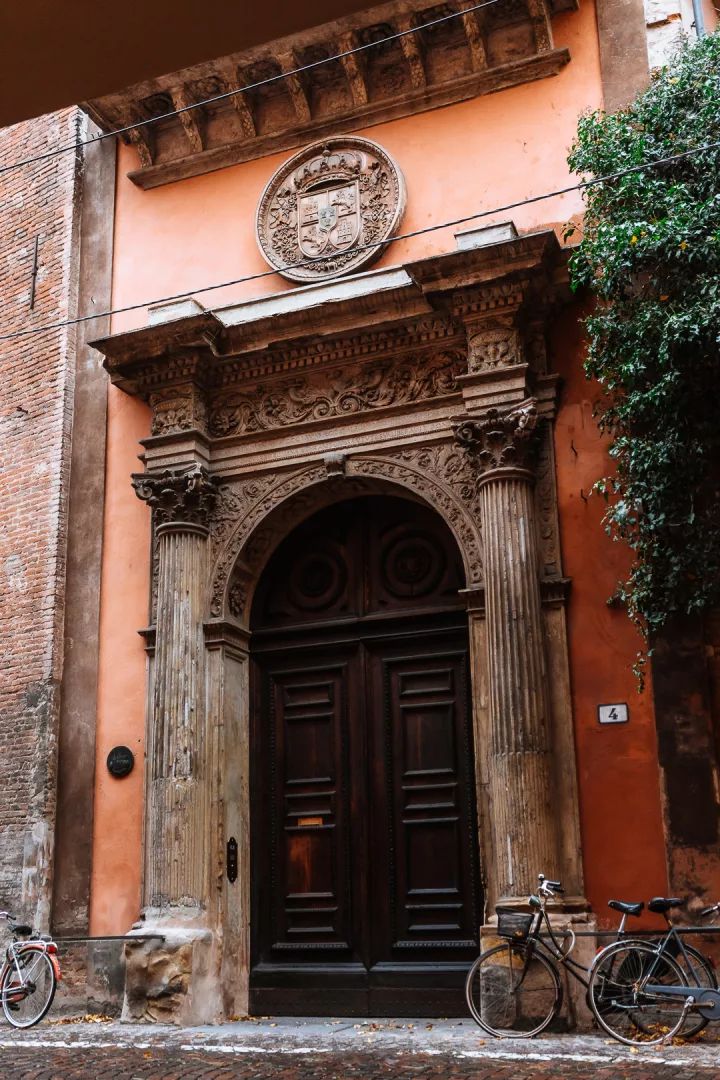
What to see in Bologna
A few other places you shouldn’t miss while in Bologna include Archiginnasio, a 16th-century palace housing two marvelous rooms. Yet it’s hard to pick a favorite between the Anatomical Theatre and Archiginnasio Municipal Library. Teatro Anatomico, completely covered in wood, resembles an amphitheater and was once used for anatomy lessons.


I only got a peek at the library from the Stabat Mater Hall. With a wood ceiling, walls covered in coats of arms, and short bookshelves, it’s an impressive room. But the seemingly endless rows of antique books were even more tempting. I could’ve spent hours browsing through those books! Unsurprisingly, the rest of Archiginnasio palace is equally captivating.

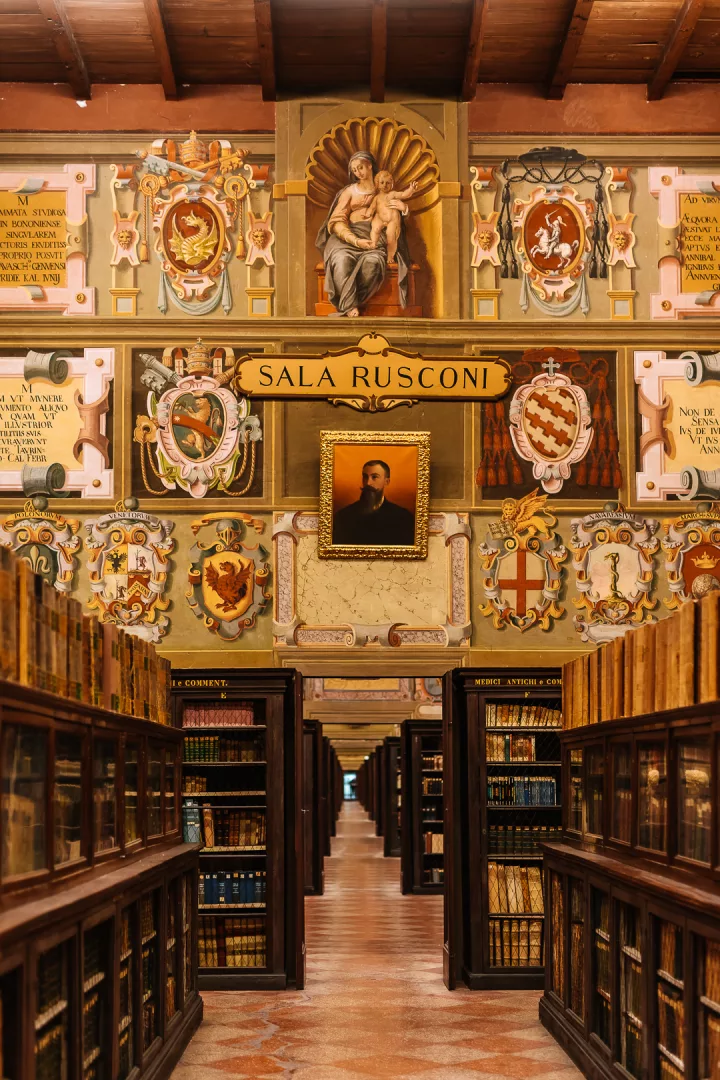

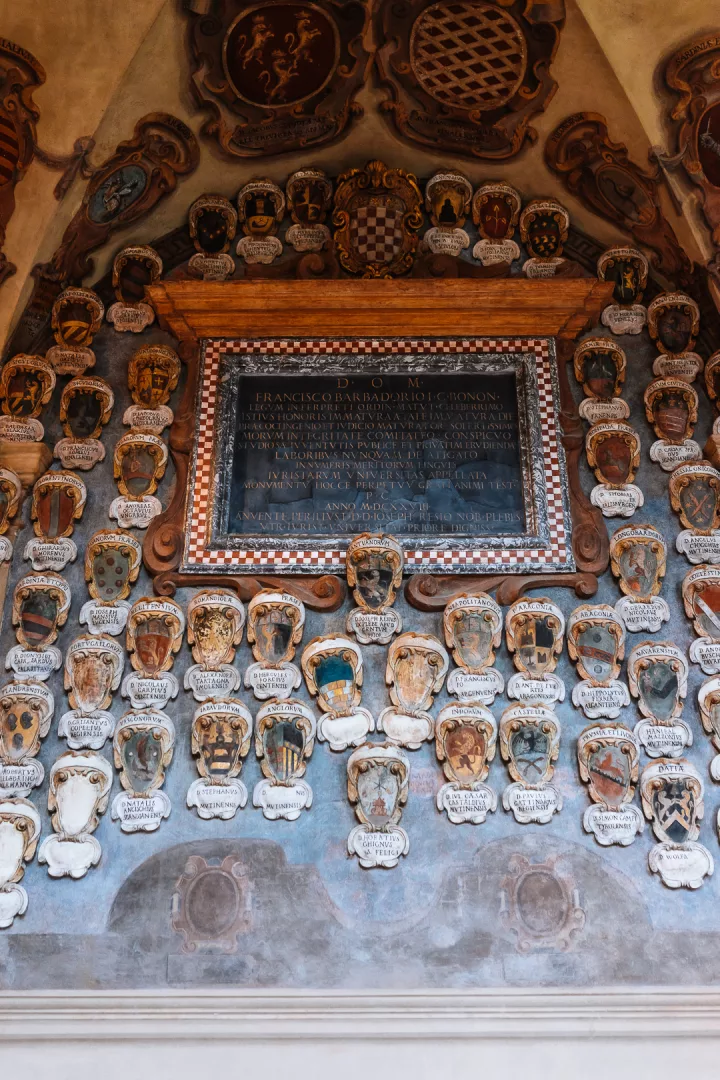
As I always do when visiting a new city, I made sure to stroll through the cathedral. The beautiful Basilica of San Petronio was more than a shelter from the rain. Nearby, you’ll find a hidden gem by the name of Libreria Nanni. Dating back to 1825, it’s the oldest bookstore in Bologna. The eye-catching book stalls reminded me of Paris and its booksellers by the Seine!

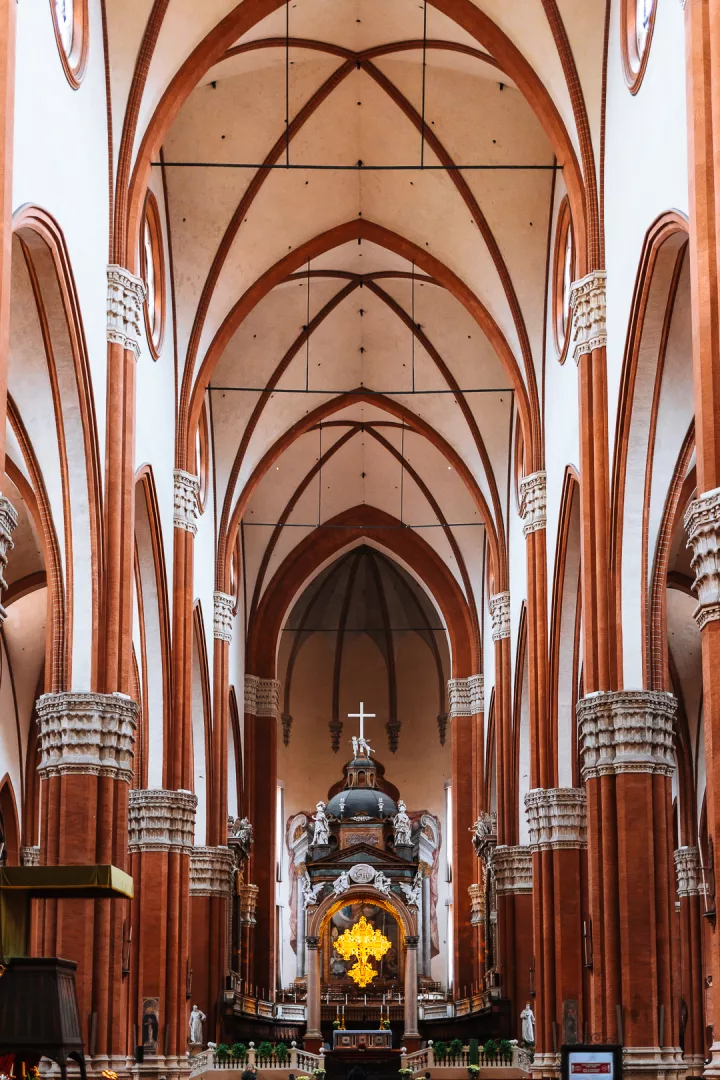


Equally important, don’t forget to walk through Bologna’s most bustling neighborhood, Quadrilatero. Just off of the main square, you’ll find the famous market streets. In truth, I didn’t know where to look. I was surrounded by homemade pasta, aged cheese, local balsamic vinegar, fresh fish & meat, you name it! Personally, I found the most delicious pistachio sfogliatella at Antico Panificio Armando Priori. Those weren’t the only sfogliatelle I tried while in Italy, but they were by far the best ones. As a matter of fact, I daydream about them much too often!

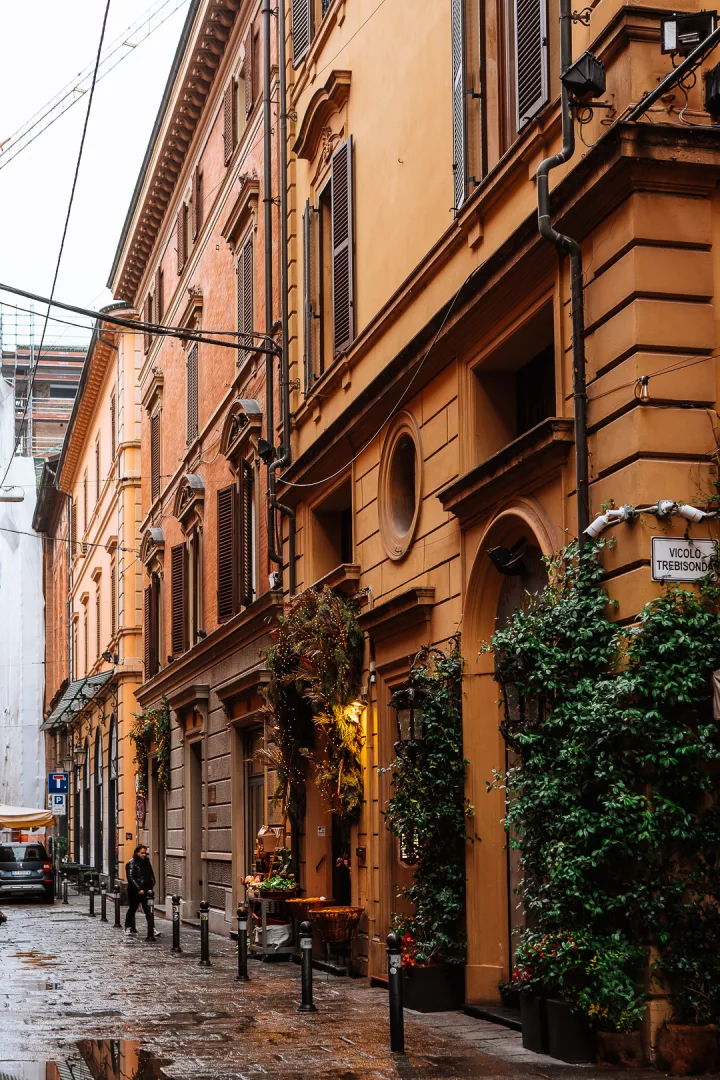
University Library of Bologna
The University in Bologna is recognized as the oldest university in the world in continuous operation. As can be seen from the photos, it’s one of the most enchanting places in Bologna. In order to visit it, you need to book a specific date and time beforehand. You can only visit during a guided tour so bear that in mind! In any case, it’s more than worth the trouble. Located inside Palazzo Poggi, the library dates back to 1744.

This magnificent library was the very last place I saw in Bologna. Since the airport shuttle only takes 9 minutes, I allowed myself the probable anxiety over potentially missing my flight. In spite of that, everything went as well as I expected it to since I had planned it all out. At any rate, I was thankful for my organizational skills and a bit of luck!

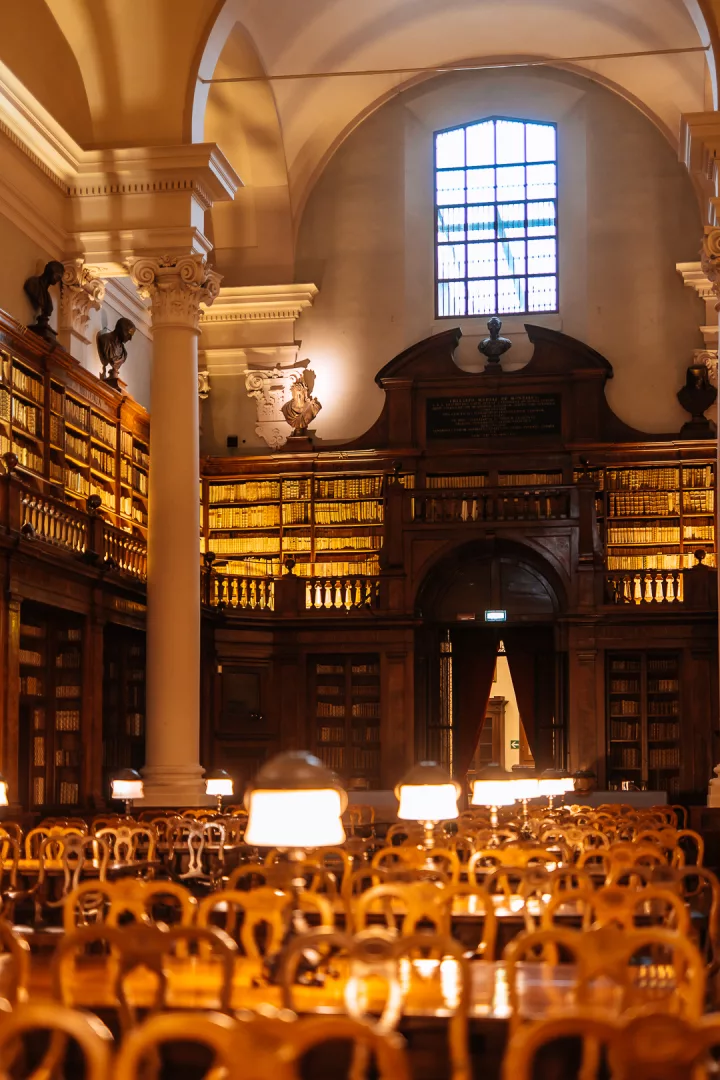
On the whole, I loved my moody and foggy visit to Bologna. I could just about picture it on a sunny day, its buildings coming alive under the Italian sun. I suppose I will have to return one day. My only regret about this visit was the fact that I didn’t try any gelato. Most of the renowned gelaterias had unfortunately closed their doors for the winter. On the other hand, I made up for it by trying some amazing Italian pastries!


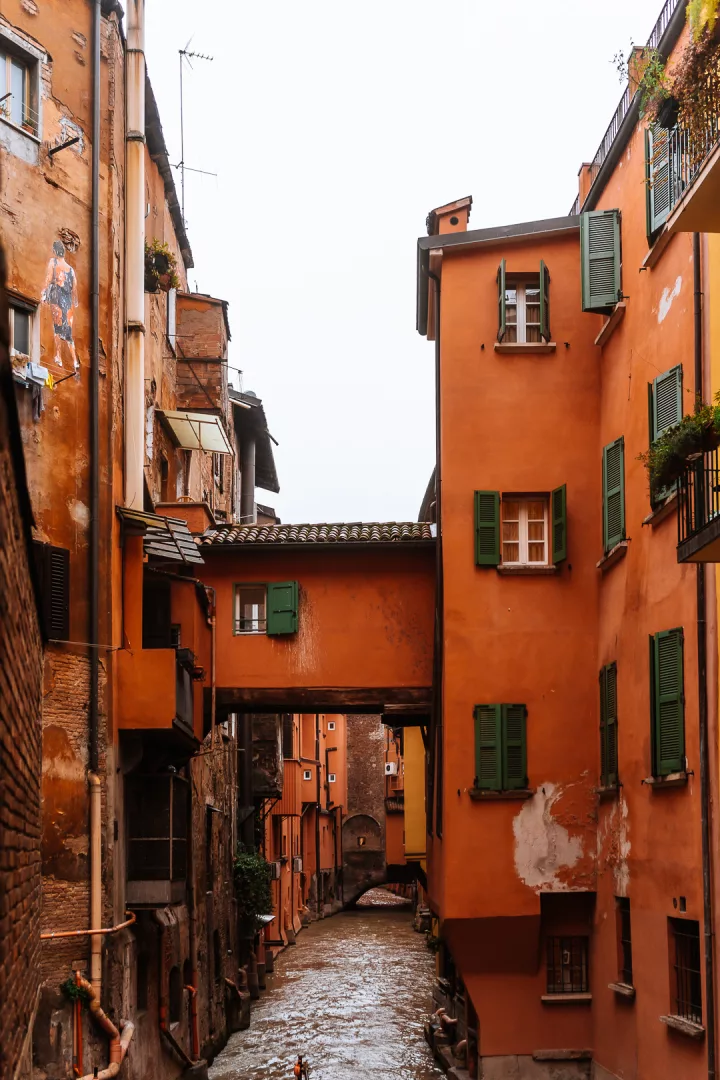
All things considered, this impromptu visit delighted me. I walked all over town, even discovering Bologna’s hidden canals. By the end of it, I had a feeling of having gotten to know the city. Even on the coldest of days, Bologna was irresistible. For this reason, I would wholeheartedly recommend it as a city trip. In fact, if you can brave the cold, January is perfect. You’ll have the city all to yourself and be transported to medieval times!


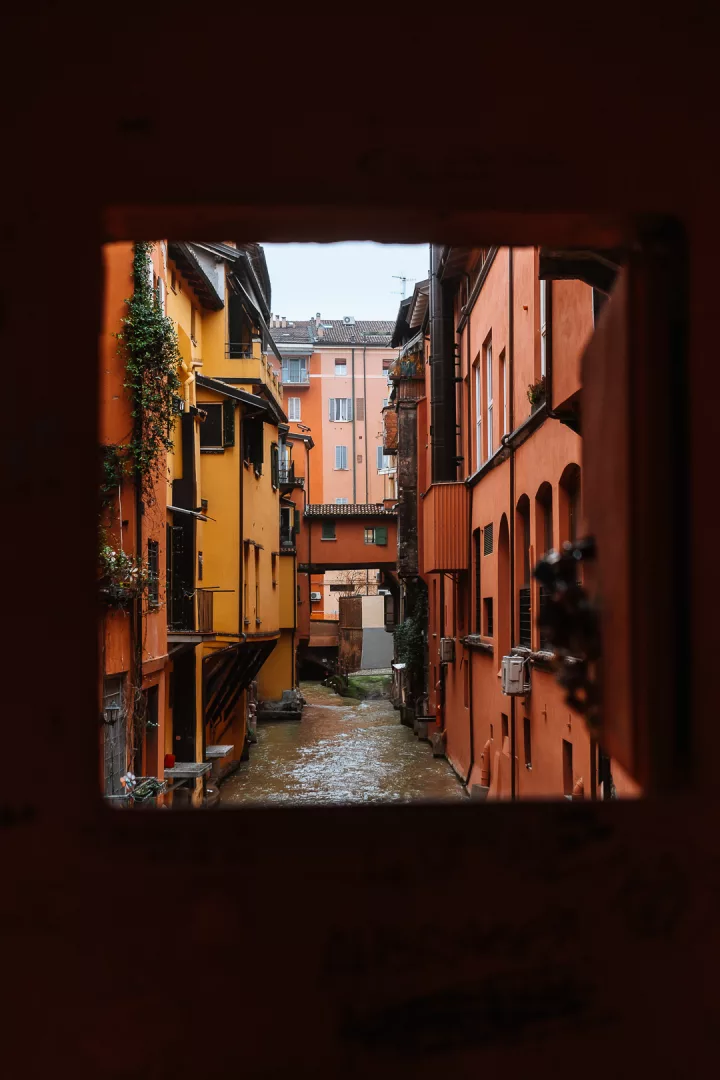
Brigita Soldo
Travel Photographer · Creative Content Creator · Vintage & Sustainable Fashion Advocate
[…] my little trip through the Emilia-Romagna region, I spent two days in Modena. Starting off with a few days in Bologna, I wanted to see more of its neighboring cities. Since it’s only 20 minutes away by train, it […]